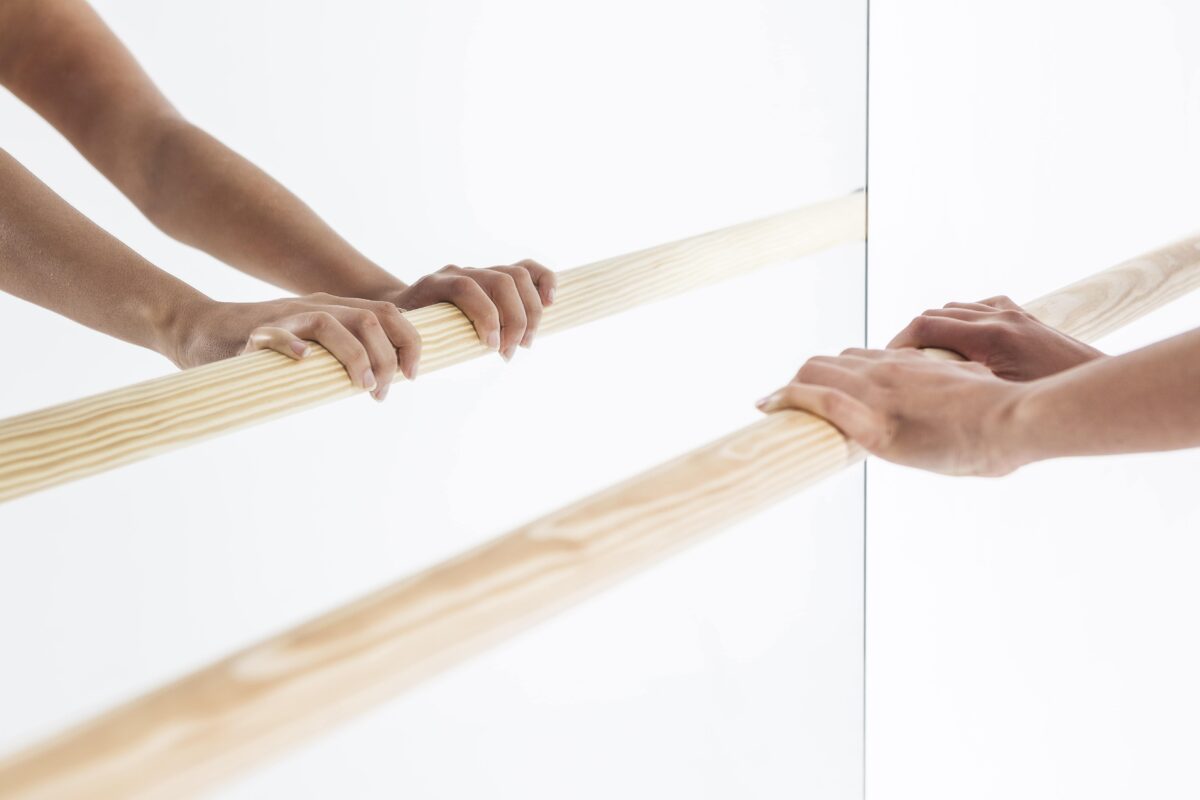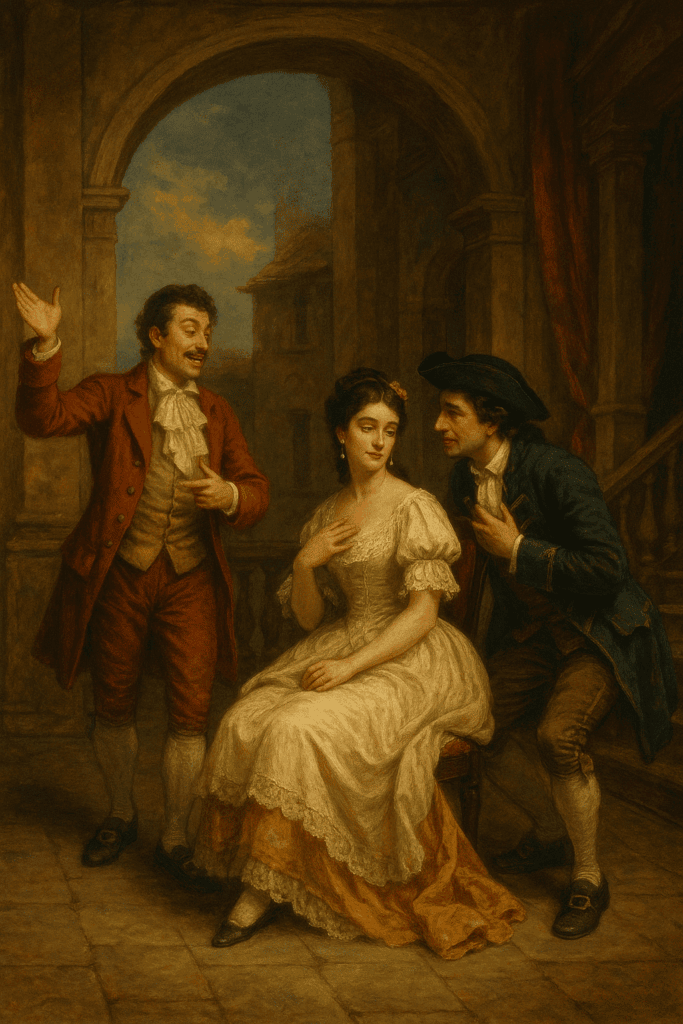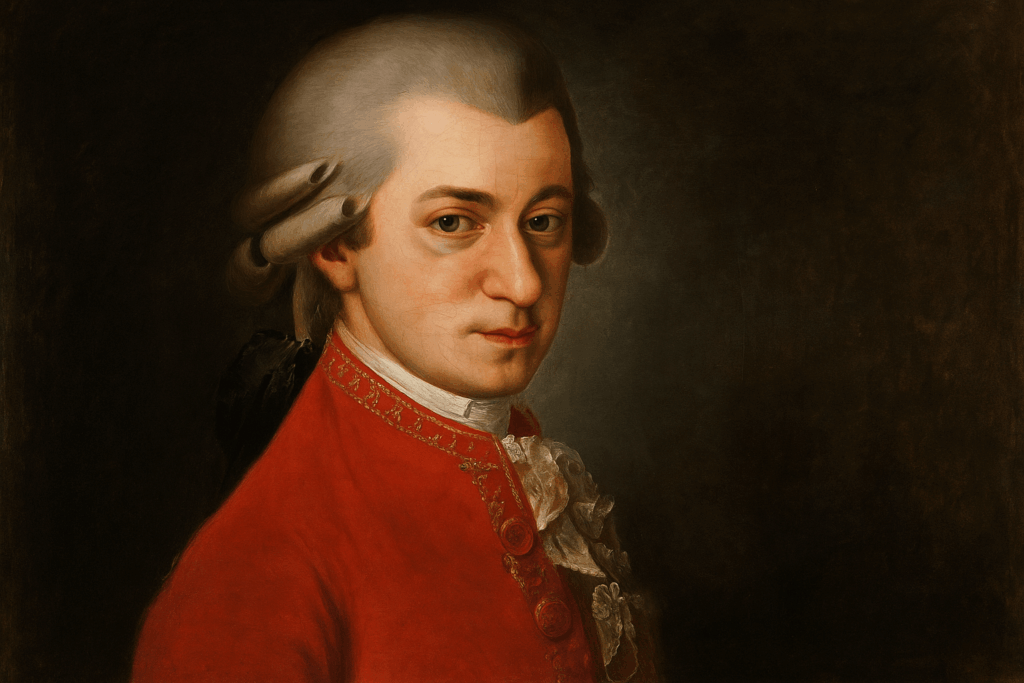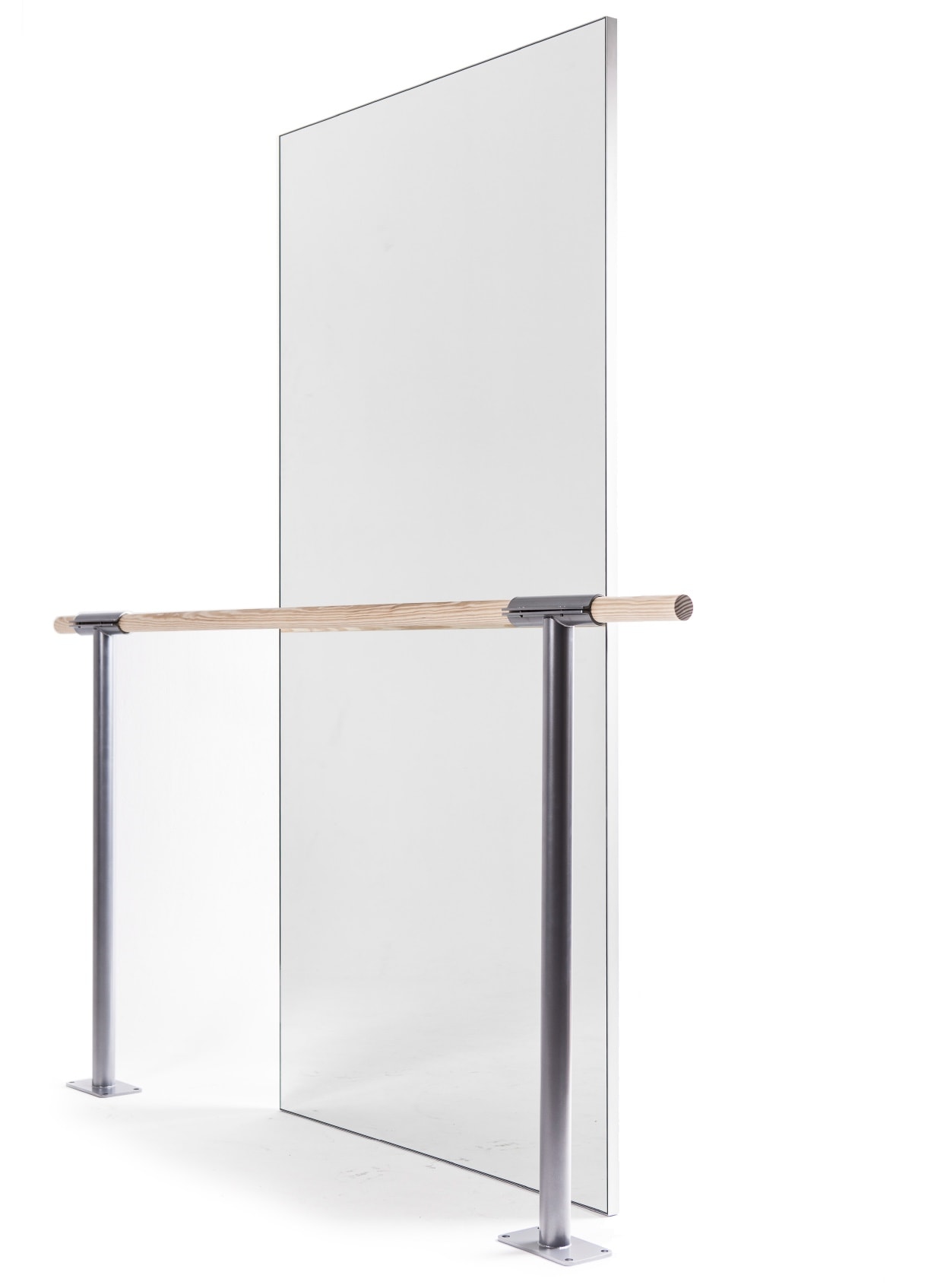Music and movement: our Pina barres featured in a Spanish prime-time talent show
Our ballet barres have once again demonstrated their versatility and professional performance, this time in a very special setting: the academy of Operación Triunfo, Spain’s most popular musical talent show. The session was led by Gloria Morales, dancer, teacher, and creator of Ballet Fit, a discipline that fuses classical ballet technique with fitness training to …
Our ballet barres have once again demonstrated their versatility and professional performance, this time in a very special setting: the academy of Operación Triunfo, Spain’s most popular musical talent show. The session was led by Gloria Morales, dancer, teacher, and creator of Ballet Fit, a discipline that fuses classical ballet technique with fitness training to improve posture, strength, and body awareness.
During the class, the contestants of the program worked with six of our Pina double mobile barres. The result was an energetic and inspiring session that showed how ballet can connect with other forms of movement to create new ways of expressing the body.
For some participants, it was their first experience at the barre, and they embraced it with curiosity and enthusiasm, following Gloria’s rhythm and guidance throughout the session. In a television environment where every detail matters and spaces must constantly adapt, our Pina barres proved their reliability once again: quick to assemble, stable during every exercise, and perfectly suited for paired work.
The Pina is one of our most recognized and versatile ballet barres. Designed for schools, academies, and dance companies that need mobility without compromising stability, it combines elegant lines with a robust steel frame and balanced weight. Its double wood barres at two heights make it suitable for users of different statures, while its stable bases, available with flat or wheeled supports, include rubber stoppers that protect the floor and prevent unwanted movement. Thanks to its easy assembly, the Pina adapts perfectly to spaces that require flexibility, whether in dance studios, fitness centres, or television productions that demand professional and aesthetic equipment.
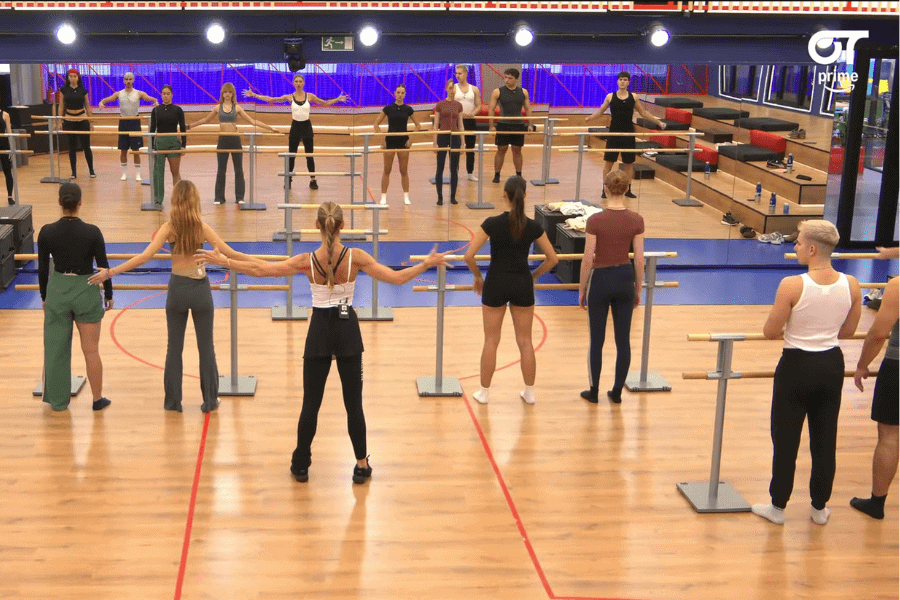
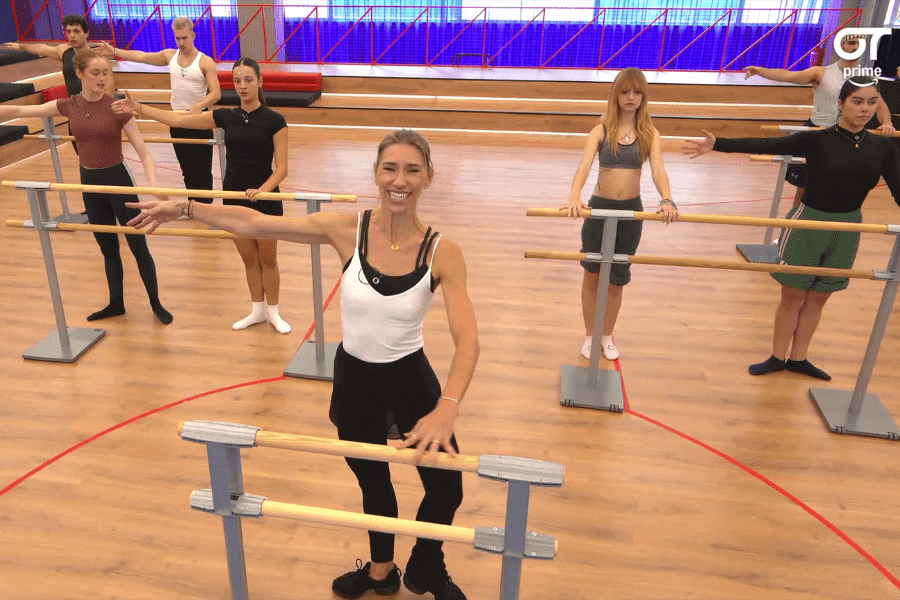
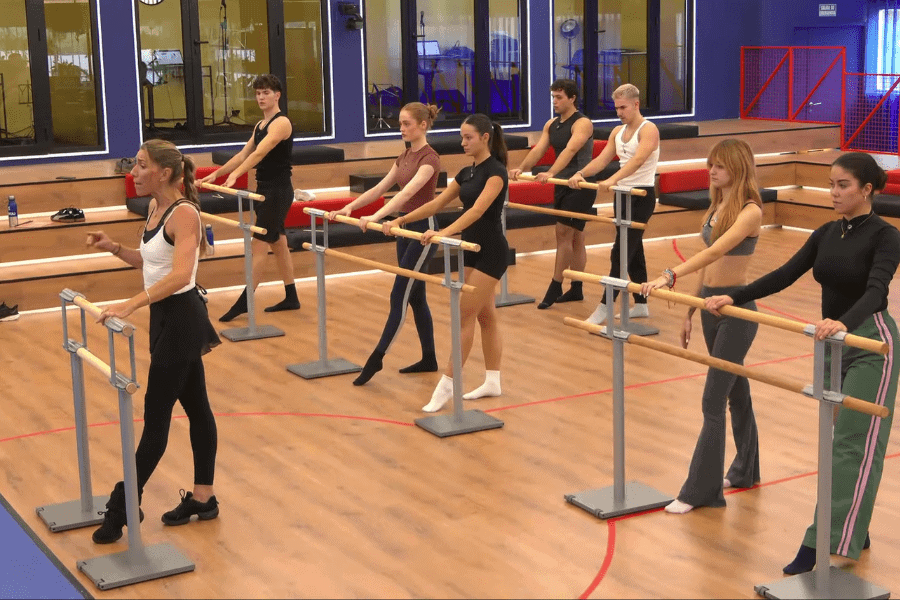
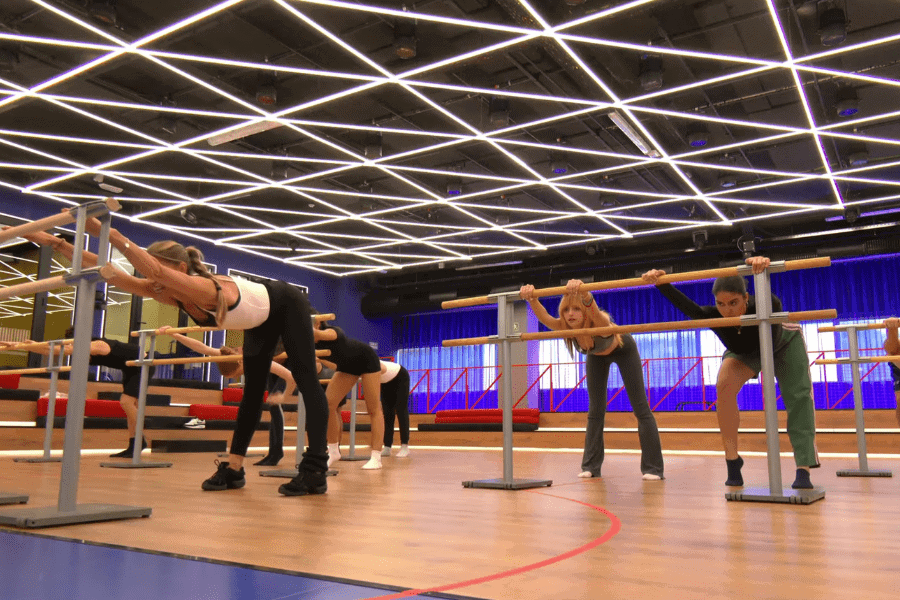
At Dinamica Ballet, we’ve been designing and manufacturing professional equipment for dance, performing arts, and fitness for over two decades. Seeing our barres in such a dynamic creative environment reaffirms our purpose: to create tools that support dancers, teachers, and artists in their technical and artistic growth. This collaboration reflects how classical dance continues to merge with other disciplines, giving rise to new ways of moving. We embrace this evolution, providing the tools that inspire and sustain every form of movement.

